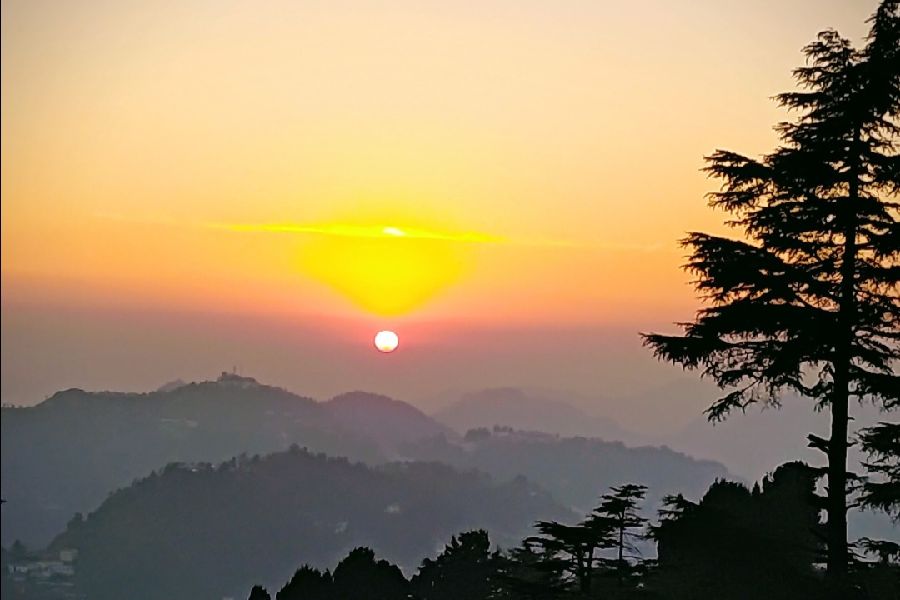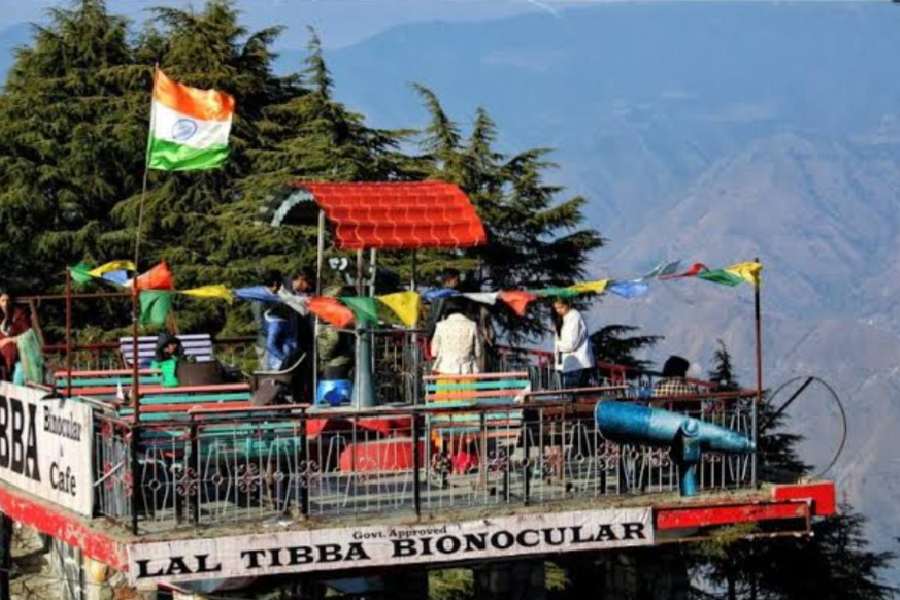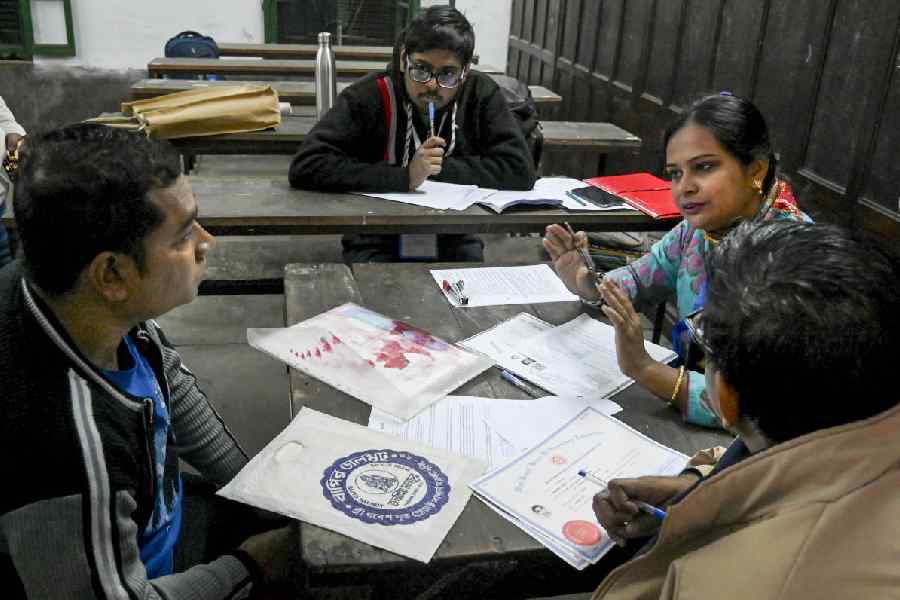The majestic mountains of Uttarakhand, prone to landslides, earthquakes and floods, are gradually falling prey to another avalanche — unruly tourists. Like several other popular destinations across India, Dehradun has its share of visitors, many of whom now avoid the hotspots and head to tranquil and picturesque nooks like Landour.
The 40-kilometre drive from Uttarakhand’s capital to the cantonment town of Landour, replete with British legacy, takes over two hours. But the scenic route, through forests and over hilly terrain, is a delight till the narrow lanes of Mussoorie entail long waits for one-way regulations. Like other congested hill stations, Mussoorie, at 6,578 feet, faces its share of traffic snarls and water shortage.
Perched at an altitude of 7,800 feet is picture-perfect Landour, home to the author, Ruskin Bond, the film director, Vishal Bhardwaj, and the actor, Victor Banerjee, among others. The home of the late film star, Dev Anand, is also nestled along a ridge.

Sunset at Landour
Like Darjeeling (6,700 feet), Landour was originally envisaged as a sanatorium for the British soldiers in 1827 and retains its old-world charm. The colonial ambience is replete in the British-era cottages and mansions. Its churches (including the Anglican St Paul’s Church and the Presbyterian and now non-denominational Kellogg Memorial Church) stand in statuesque grandeur where the bells still peal joyously on Sunday mornings. Even the name, Landour, was drawn from Llanddowror, a village in Carmarthenshire in southwest Wales.
Famed for its delightful walking trails and soul-stirring sunsets, this army base invariably draws tourists. But hotels are few and exorbitantly priced, making many travellers drive up for a day’s trip from Mussoorie. But instead of being a blessing for the cantonment town’s economy, according to local residents, many visitors often take to drinking on the streets or shatter the serenity by blaring music after sunset and create a ruckus that is totally alien to the quietude of this ridge in the Garhwal Himalayas.
Banerjee recently wrote to the cantonment authorities seeking the installation of CCTV cameras and efforts to retain the purity of the environment. According to another local, Derrick Louis, tourists are always welcome but when some of them vitiate the atmosphere, the residents have reason for concern.
The popular square called Chaar Dukaan, alongside St Paul’s Church, is always bustling with people and stray mountain canines. While most visitors throng the roadside eateries, hardly anyone climbs the steep steps of the church built in 1839, with notches for rifles along the pews, as it was initially built for soldiers posted there. Fortunately for the town, the fact that it is still a cantonment has prevented the mushrooming of concrete eyesores like in most hill stations.
The other attraction, a viewpoint called Lal Tibba (red hill) at Depot Hill, is considered to be at the highest elevation. For an entry fee of Rs 50, one can navigate the narrowest flight of stairs to the rooftop, which has a rudimentary telescope. The entire snow-capped Himalayas is visible to the naked eye, yet tourists patiently wait their turn at the telescope, whose use and adjustment are subject to chance. A self-styled photographer stands beside the instrument, offering to identify the Kailash, Nanda Devi and Trishul peaks. The worst aspect of gluttonous tourists is their penchant for sitting on that cramped terrace to eat and drink, with waiters vying for space on the congested stairs, balancing overloaded trays.
Emaciated ponies remind one of Darjeeling and Shimla, harbingers of the plight that may befall Landour unless the administration takes guard right away. Legalising parking along the narrow lanes was foolhardy; insensitive, rowdy visitors will surely ring the knell for this pristine destination.











